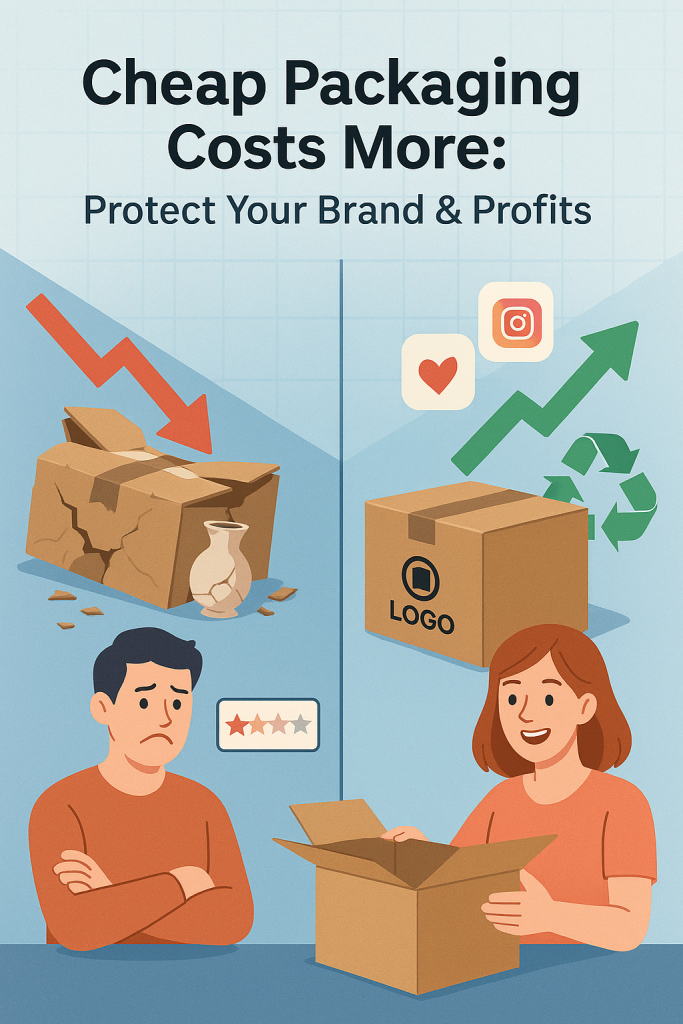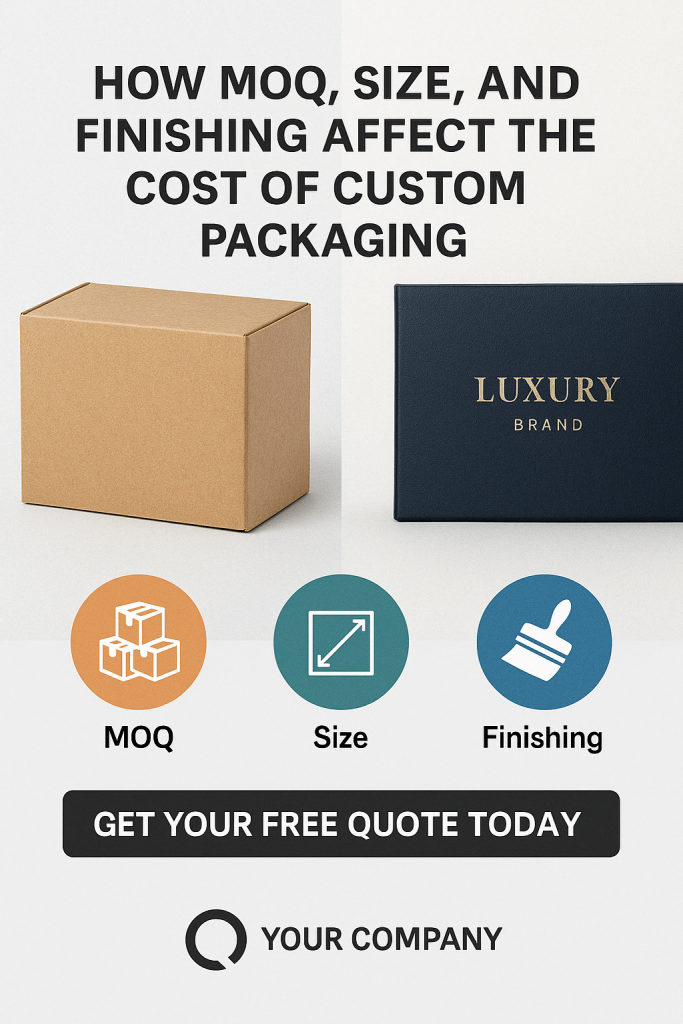Value is a multifaceted concept, varying from person to person. While some see value in tangible aspects, others find it in emotional connections. In branding and package design, merging these elements is crucial to crafting a perception of value that truly resonates with customers. Here, we explore key factors designers consider when creating packaging solutions, and how these choices shape the overall perception of both the brand and its products.
Understanding Consumer Perception
In the competitive world of branding and packaging design, consumer perception plays a pivotal role in determining a product’s success. When shoppers compare your product to similar brands, your packaging becomes the deciding factor. It can either help your product stand out or make it blend into the background. The quality, design, size, color, and creativity of your packaging are all scrutinized by consumers, ultimately influencing their perception of your brand’s value.
The Power of Packaging
Your business has the opportunity to portray your brand exactly as you desire through thoughtful packaging choices. Consumers evaluate packaging on various fronts, and each element contributes to the perceived value of your product. By understanding and leveraging these elements, you can create a packaging solution that not only attracts attention but also resonates with your target audience.
Creating the Desired Perception of Value
Choosing the Right Materials
To create a perception of value and quality in your packaging, every layer must be carefully considered, from the materials used to the colors chosen. The right combination of elements can differentiate a best seller from a dud. Here are some packaging options that can enhance your product’s experience and perceived value.
Paperboard Boxes
Paperboard is a lightweight yet strong paper-based material, ideal for creating custom shapes and formations. It is perfect for personalized packaging, allowing your product to look high-end without the associated cost. With the right combination of labels and branding, paperboard packaging can elevate the perceived value of your product.
Plastic Boxes
Plastic box packaging showcases the product while providing protection. Flexible and lightweight, it allows for internal decorations that enhance the product’s appearance and experience. This type of packaging is particularly effective for products that benefit from being seen by consumers.
Chipboard Packaging
Chipboard packaging is made from reclaimed paper stock, making it a lightweight and affordable option. It can be easily cut, folded, and formed into various shapes. By adding stickers, fabric, or other embellishments, chipboard packaging can be transformed into a custom solution that reflects your brand’s identity.
The Influence of Color in Packaging
Color Psychology in Packaging
Colors play a significant role in packaging, affecting consumer purchasing decisions. Here’s a brief guide to color psychology and its impact on consumer behavior:
- White: Signifies cleanliness, efficiency, and simplicity. It is a safe choice that communicates innocence and new beginnings.
- Black: Conveys control, authority, and luxury. Black packaging tends to stand out and make products appear higher-end and of higher value.
- Blue: Represents honesty, dependability, and harmony. Darker shades of blue evoke professionalism and reliability.
- Red: Draws attention and signifies liveliness, passion, and strength. Dark reds are perceived as luxurious and professional.
- Green: Associated with balance, harmony, and growth. Darker greens imply wealth and luxury, while lighter greens suggest eco-friendliness and health consciousness.
- Purple: Suggests luxury, indulgence, and exclusivity, especially when combined with gold or silver details.
Packaging Embellishments: Adding Value Through Details
Embossing for Elegance
Embossing adds a level of elegance and luxury to product packaging. By raising and depressing aspects of your packaging, you provide customers with a unique tactile experience. An embossed element differentiates your material, bringing your packaging to life and enhancing the perceived value of your product.
Die Cutting for Dimension
Die cutting enhances the look of your packaging with unique cutouts, from simple shapes to complex designs. This technique draws attention to the dimensional aspect of your packaging, significantly enhancing the perceived value of the product inside.
Packaging Labels: The Finishing Touch
A plain box won’t cut it in today’s competitive retail environment. Adding a product label is essential for selling your creation. Include your company name and logo, distinguishing features, a list of ingredients, weight or quantity, use or storage instructions, and your website URL. Choose a high-quality material for your labels to ensure they catch people’s eyes. Studies have shown that products with premium label materials are more likely to be purchased.
Testing Your Packaging: Prototyping for Success
Prototyping Your Product and Packaging
Before committing to a bulk purchase of supplies, prototyping your product and packaging is a great first step. Here are some ways to gather feedback from current and future customers:
Set Up at Farmer’s Markets
Farmer’s markets attract local clientele and are perfect for building public relations. Test your existing line and new ideas, or display both and see which sells more. Engage with shoppers to get on-the-spot reactions that can guide your decision-making.
Launch It In-Store or at Pop-Ups
If you have a storefront or physical location, introduce your prototyped packaging and observe customer reactions. For online-only businesses, consider participating in pop-up events. These temporary shops allow you to connect with your demographic without long-term commitments.
Get Feedback on Social Media
Leverage social media to survey your customers and followers. Post photos of your prototype and ask for feedback. Online platforms are great for gathering opinions, providing valuable insights into consumer preferences.
Conclusion: Harmonizing Design Elements for Success
To produce product packaging with a high-end feel, all design components must come together harmoniously. Color, design, and brand voice should mesh seamlessly to create a cohesive and appealing package. By staying true to your brand’s voice and incorporating the above tips, you can enhance the perception of your business and stand out in your field.








